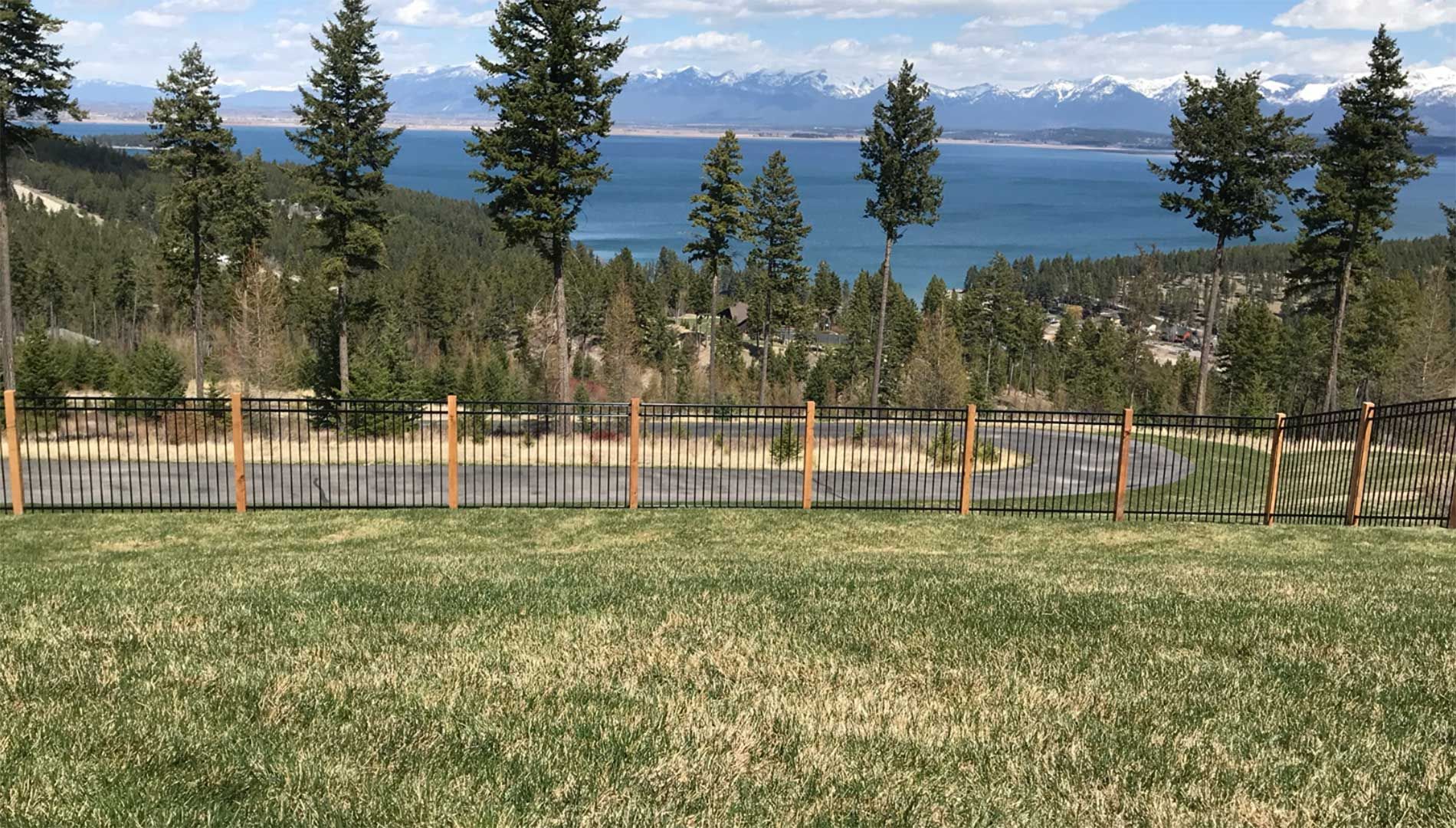Discover how continuous panel fencing has evolved into a leading fencing solution for various industries.
Early History of Continuous Panel Fencing
Continuous panel fencing originated out of necessity, with early designs using simple materials such as wood and stone to create barriers. Though practical, they were not as effective or long-lasting as modern fences.
How Technology Transformed Continuous Panel Fencing
Fencing technology took a major leap during the industrial revolution, with steel production allowing for stronger, more uniform panels. By the mid-20th century, continuous panel fencing became the standard for agricultural and industrial use.
Advances in welding and fabrication techniques also allowed for more customizable and durable designs. This period saw the shift from manually assembled fences to pre-fabricated panels, greatly reducing installation times.
Changes in Materials and Manufacturing
Continuous panel fencing materials have progressed over the years to enhance durability, affordability, and environmental responsibility. Key innovations include:
- Galvanized Steel: Introduced for its resistance to rust and long-lasting performance.
- Powder-Coated Finishes: Added for aesthetic appeal and enhanced protection against the elements.
- Recycled Materials: Growing emphasis on eco-friendly solutions has led to the use of recycled steel and other sustainable materials.
The Widespread Use of Continuous Panel Fencing
Initially developed for farmers and ranchers, continuous panel fencing has found applications across many industries. Today, it’s a top choice for:
- Agriculture: Managing livestock and protecting crops.
- Industrial: Securing warehouses, factories, and storage areas.
- Residential: Enhancing property boundaries and aesthetics.
- Public Spaces: Safeguarding parks, playgrounds, and recreational areas.
This versatility has solidified its position as a go-to fencing solution worldwide.
What’s Next for Continuous Panel Fencing?
Looking ahead, continuous panel fencing will continue to evolve with innovations in technology, sustainability, and design. Upcoming trends include:
- Smart Fencing: Integration of sensors and technology for automated monitoring and security.
- Modular Designs: Easier customization and reconfiguration to adapt to changing needs.
- Green Materials: Increased use of recycled and biodegradable materials to minimize environmental impact.
With these exciting developments on the horizon, continuous panel fencing will continue to evolve to meet the needs of modern property management.
Final Thoughts
Continuous panel fencing has come a long way from its humble beginnings, evolving into a versatile and durable solution for various industries. With future innovations in the works, the potential for continuous panel fencing is limitless. Contact Montana Fence today to explore your options!
